By continuing to browser our site and use the services you agree to our use of cookies, Privacy Policy and Terms of Use. You can change your cookie settings through your browser.
One of the many ways to learn more about local culture is by observing local architecture. As a top tourist destination within China and around the world, Hainan Province is a crossroad where the past, present and future meet. The tropical island is home to both ancient buildings that tell visitors about its history, as well as a number of new purpose-built edifices incorporating innovative artistic design elements.
Located along a stretch of ancient city wall in Haikou, the Fucheng Drum Tower (府城鼓楼) served as a defensive structure and as a means of flood control for Fucheng in ancient times. Built in 1372, the Drum Tower has borne witness to the development of this tropical province over the past several centuries.
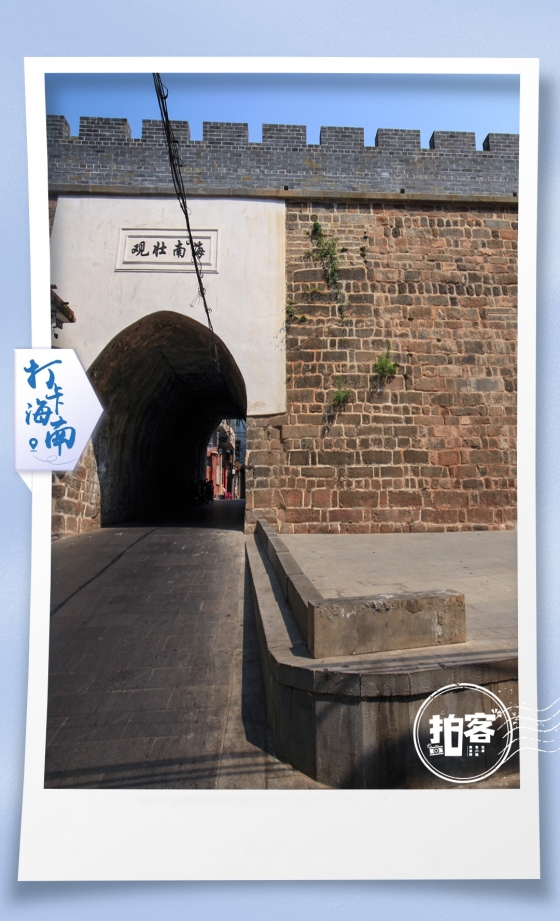
(Photo: Jie Yuduan / Hinews & New Hainan app)
“Qiónɡtái Fúdì” ((琼台福地) which literally means “The Qiongtai Sanctum”) is a hillock that rises above Fucheng. During the Tang, Song, and Yuan Dynasties, the local military governors' command offices were positioned on this promontory. In ancient times, “Qióng” (琼) referred to ‘Hainan’ (and still refers to Hainan in an abbreviated form, such as on license plates issued in the province) and “Tái” (台) to government offices, hence the name “Qiong Tai”. Nowadays, grand events are held here during Chinese New Year, during which attendees pray for longevity and prosperity for their family members and friends.
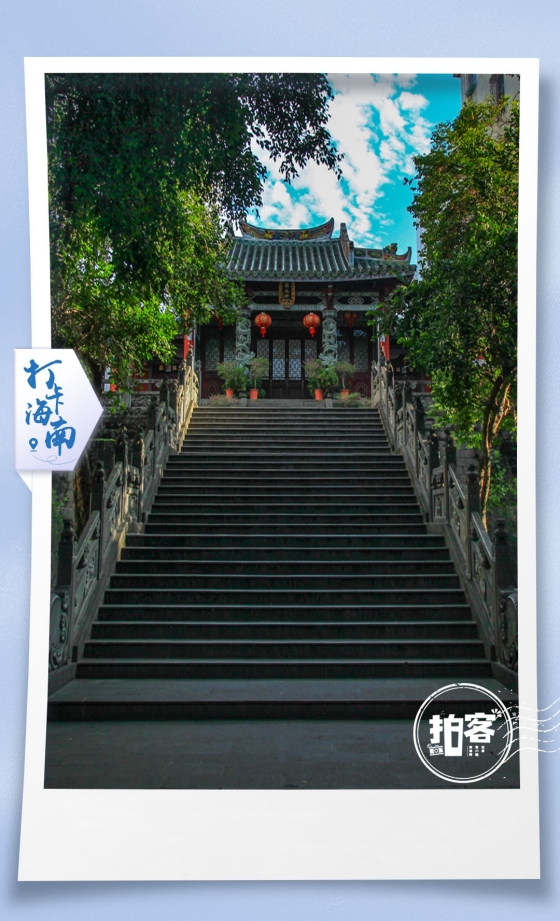
(Photo: Jie Yuduan / Hinews & New Hainan app)
Dubbed the first tower in Hainan, Mingchang Pagoda (明昌塔) was built in 1597 in Haikou by the local officials as a way to revitalize the local culture. The seven-storey octagonal pagoda stands 34 meters high. While the pagoda has suffered severe destruction several times in the past, historical documents and literary works concerning the pagoda fortunately remained well-preserved. In 2019, the pagoda was delicately restored by the local government and opened to the public, offering visitors an insight into this piece of ancient architecture.
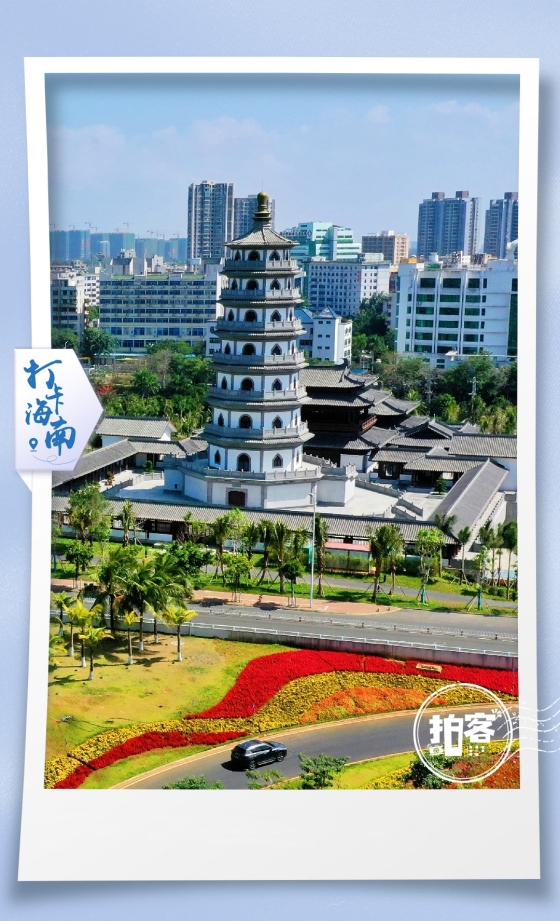
(Photo: Cai Tianhong / Hinews & New Hainan app)
Hairui’s Former Residence (海瑞故居) is actually a recent reconstruction, built to commemorate Hai Rui (海瑞) (1514-1587), a Ming Dynasty official born in Hainan Province, who is remembered by local people as a paragon of honesty and integrity in the performance of his duties.
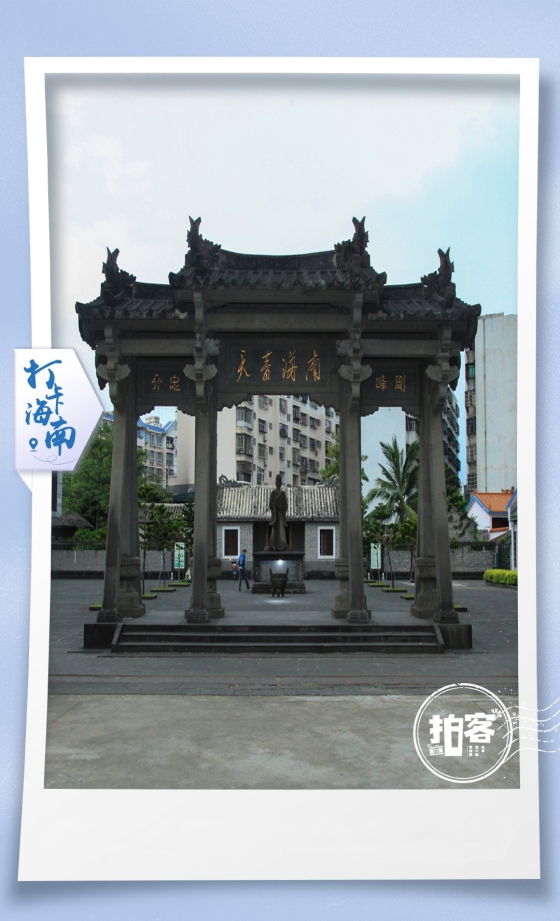
(Photo: Jie Yuduan / Hinews & New Hainan app)
Qiongtai Academy (琼台书院) was founded in 1705 and was the most influential state-administered school on the island at that time. In 1988, the school was transformed into a teacher-training college, and was renamed ‘Qiongtai Normal University’ (琼台师范学院). Yet, the tranquility of the past on the campus can still be felt, kept away from the hustle and bustle of the city by quaint ancient walls.
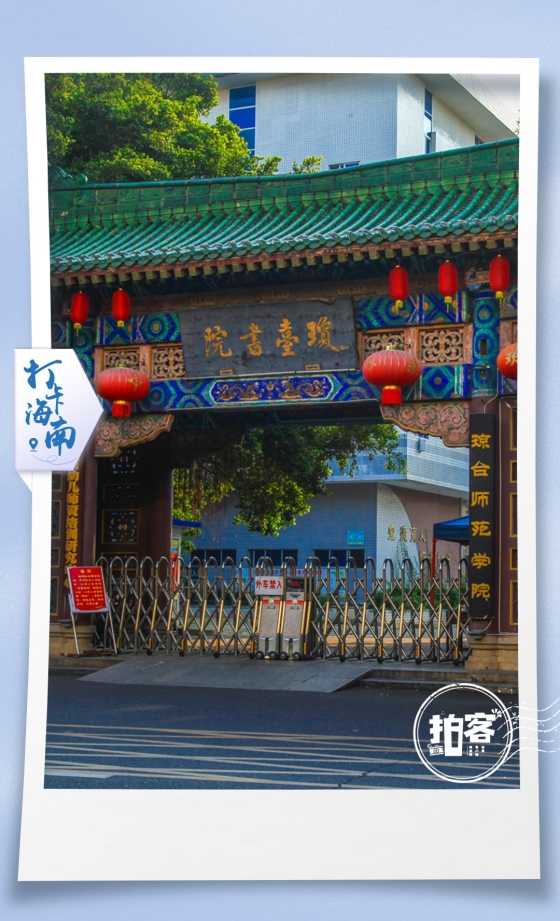
(Photo: Jie Yuduan / Hinews & New Hainan app)
The Temple of the Five Lords (五公祠) (also known as the “Temple of the Five Officials”) was first built in 1889 in memory of five officials who were exiled to Hainan and later made great contributions to the cultural and economic development of the island during the Tang and Song Dynasties.
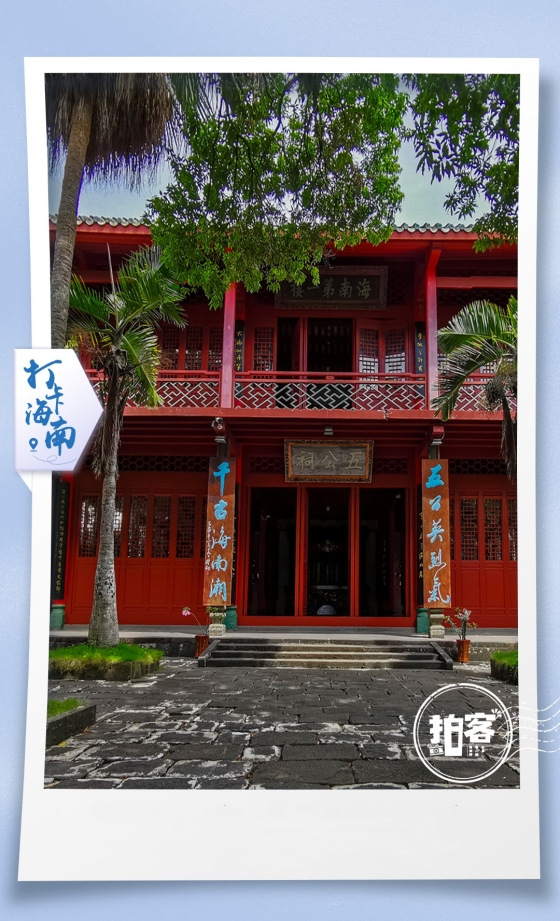
(Photo: Jie Yuduan / Hinews & New Hainan app)
The Haikou Clock Tower (海口钟楼) is considered the symbol of the city. The six-story tower stands 27 meters high and is built of red brick in the European Neo-Gothic style, with eight arrow-like spires on top pointing toward the heavens. The Tower was originally built circa 1928 for the purpose of foreign trade. In 1987, the clock tower was rebuilt near its original site after being partially destroyed.
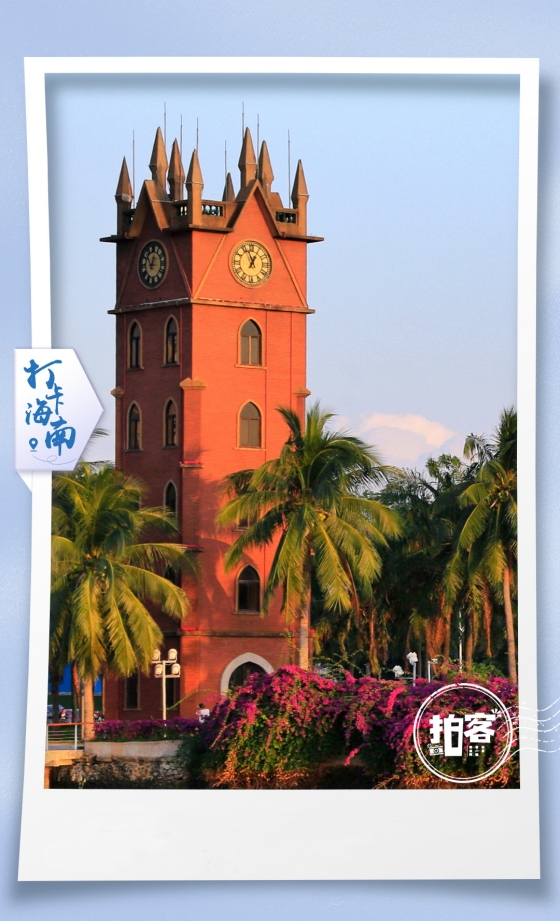
(Photo: Luo Lintao / Hinews & New Hainan app)
One of the “Top 10 Historical and Cultural Streets in China” and Haikou’s most distinctive architectural landscape, Haikou’s Historic Qilou Cultural Streets (骑楼老街) feature Southeast-Asian style “arcade” or “qilou” buildings, with distinctive overhanging second stories, which provide shelter from both the sun and rains that are prevalent in a tropical climate. While most of the buildings here were built at the beginning of the 19th century, some date back more than 700 years. Elegant, delicate sculptures and baroque decorations can be seen on the facades of the buildings.
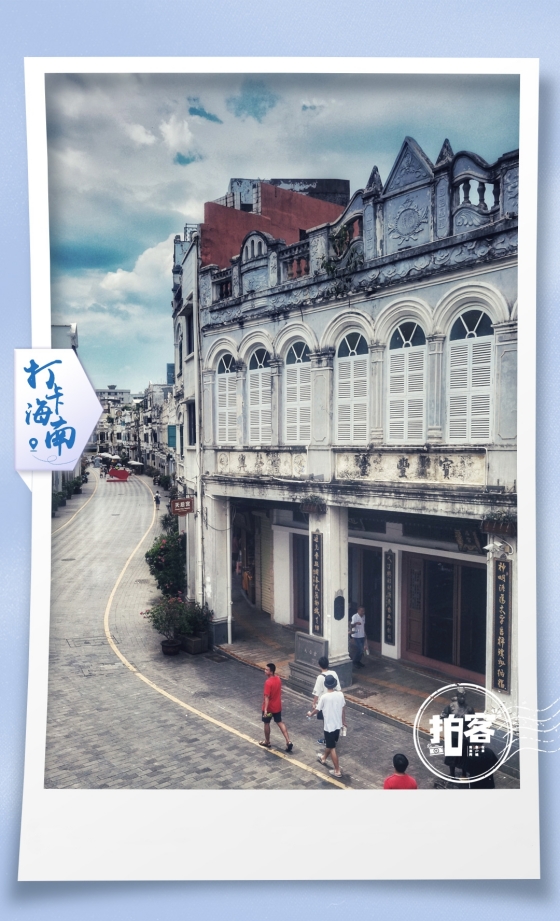
(Photo: Lin Jian / Hinews & New Hainan app)
Built with over 600 berths, the public marina located at the National Sailing Base (国家帆船基地) in Haikou is Asia’s largest. In addition to hosting winter training sessions for the Chinese national sailing team, the base offers a number of sailing and windsurfing activities to allow visitors to indulge in the charm of the waves, sunshine, and refreshing sea breezes.
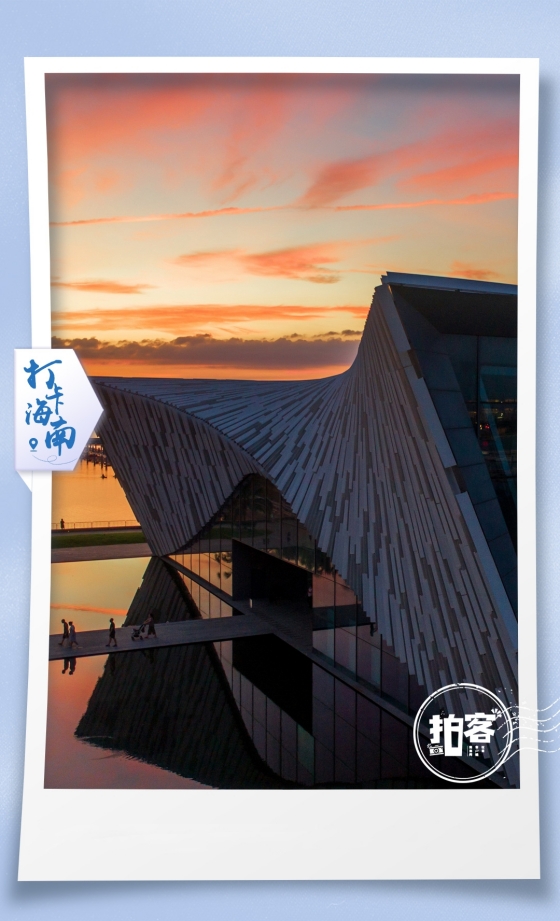
(Photo: Liao Zhonglin / Hinews & New Hainan app)
Standing at the western end of the 5-kilometer long coast of Haikou Bay, the Wormhole Library (云洞图书馆) houses a 690 square meter, two-story reading room that holds 10,000 books. Circular apertures piercing through the walls and ceiling bring an abundance of natural light into the building. When viewed from a distance, the main exhibition hall resembles a cloud connecting the earth and the sky.
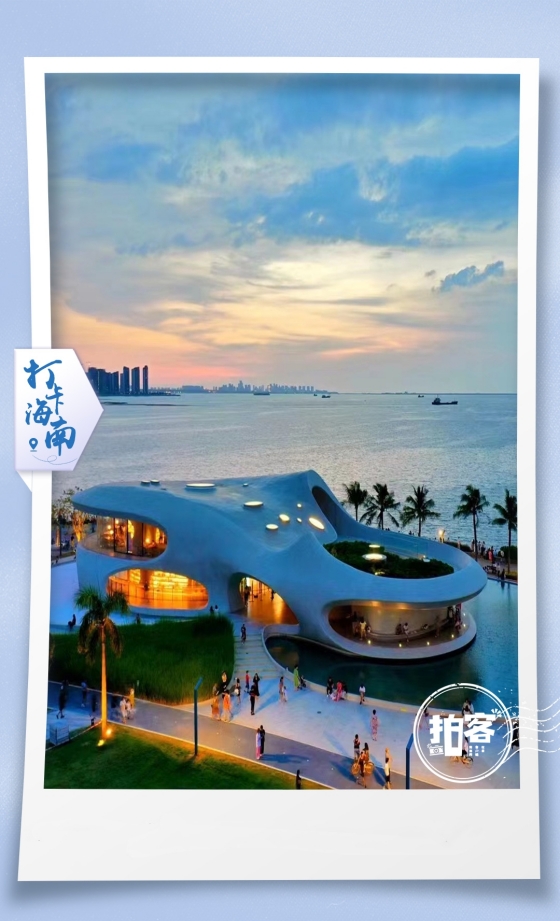
(Photo: Luo Lintao / Hinews & New Hainan app)
If you look beneath the surface of Sanya’s modern, vibrant resort town, you’ll find a long and storied history. Known as Yacheng Town(崖城镇) today, the Ancient Yazhou City (崖州古城) in Sanya was founded during the Qin Dynasty, starting off as a simple mud city. Later, during the Song, Yuan, Ming and Qing Dynasties, it was rebuilt in brick, eventually far exceeding its original scale. The Temple of the Great Cloud (大云寺) and Sanya Dongtian Park (大小洞天), both located within the boundaries of the ancient city, are also must-see scenic spots.
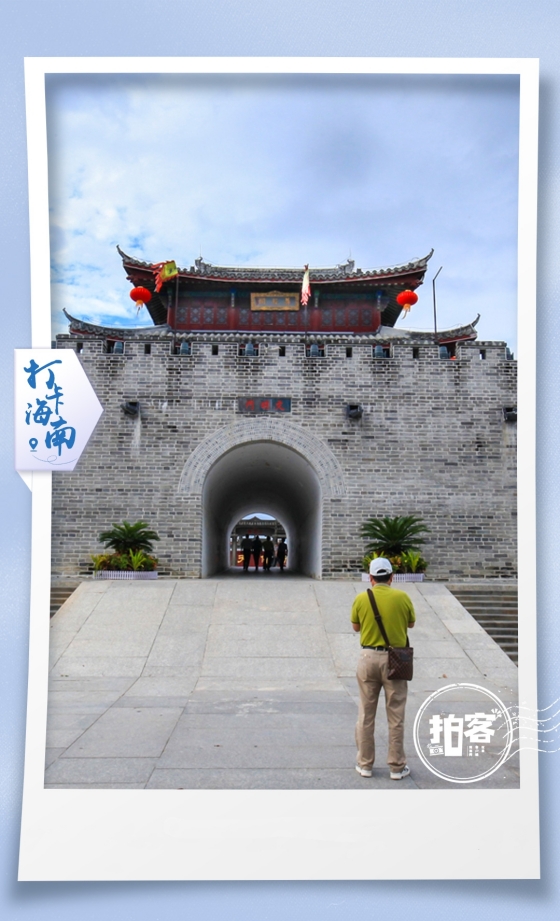
(Photo: Jie Yuduan / Hinews & New Hainan app)
About over 900 years ago, Su Shi (苏轼) (also known as Su Dongpo(苏东坡)) — a renowned poet and statesman of the Song Dynasty — was exiled to Danzhou in the northwest part of Hainan, where he is revered for the culture and teaching he brought to the local people. His lingering cultural influence can still be felt today at Danzhou’s Dongpo Academy (东坡书院).
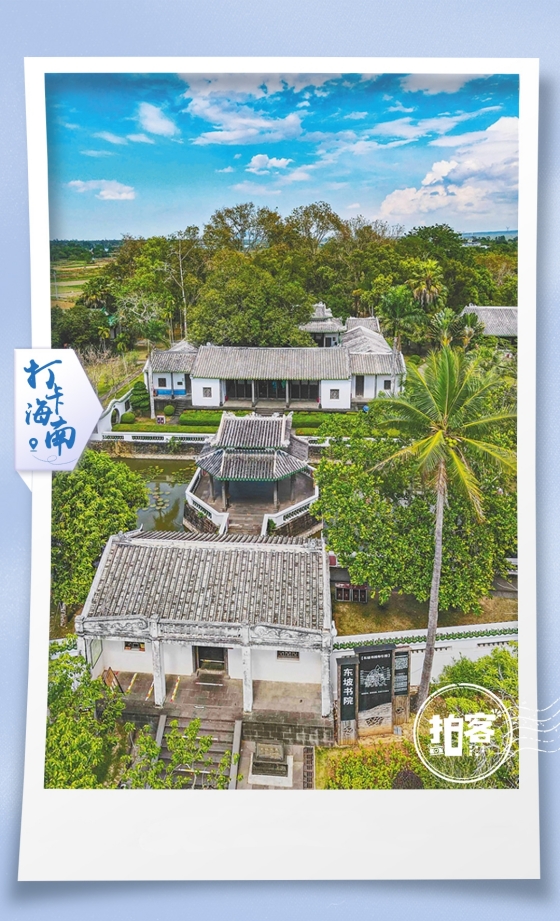
(Photo: Chen Yuancai / Hinews & New Hainan app)
‘Danyang’, as Danzhou was known in ancient times, gave its name to the Danyang Tower (儋阳楼). This modern construction was built after the Song Dynasty architectural style to reflect the life and times of Su Dongpo, the great poet and statesman who lived in Danzhou for three years and made the city a cultural center on the island for a time. Designed as a kaleidoscope showcasing the cultural wealth of the city, the tower houses several major venues and facilities for this purpose, including the Museum of History and the Western Hainan Cultural Exhibition Centre.
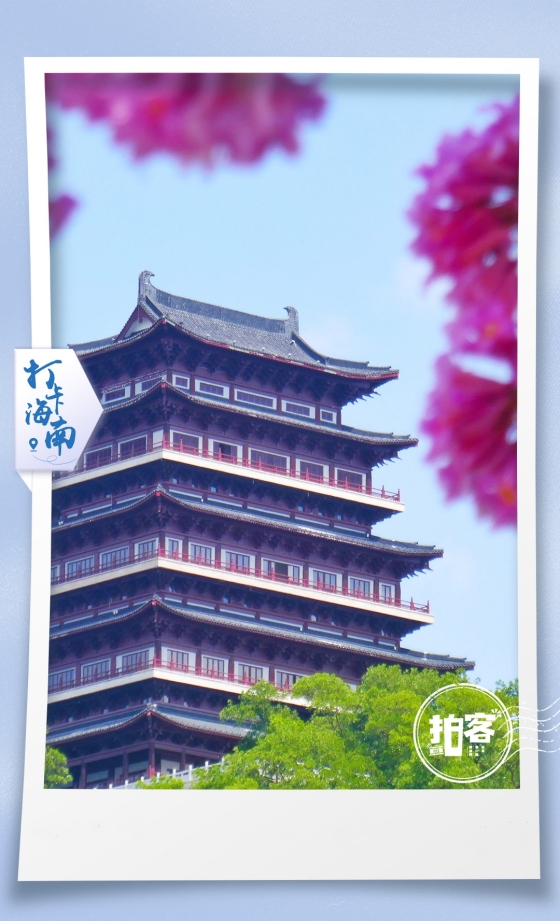
(Photo: Xian He / Hinews & New Hainan app)
Since ancient times, salt has not only been a necessity for life, but has also played a crucial part in Chinese history and economic development. As early as 5,000 years ago, people mastered the skill of extracting salt from seawater. In Yantian Village (盐田村 - literally ‘Salt Field Village’) in Danzhou, the hardworking, smart locals have been harnessing the power of the sun to extract salt from seawater for over a thousand years.
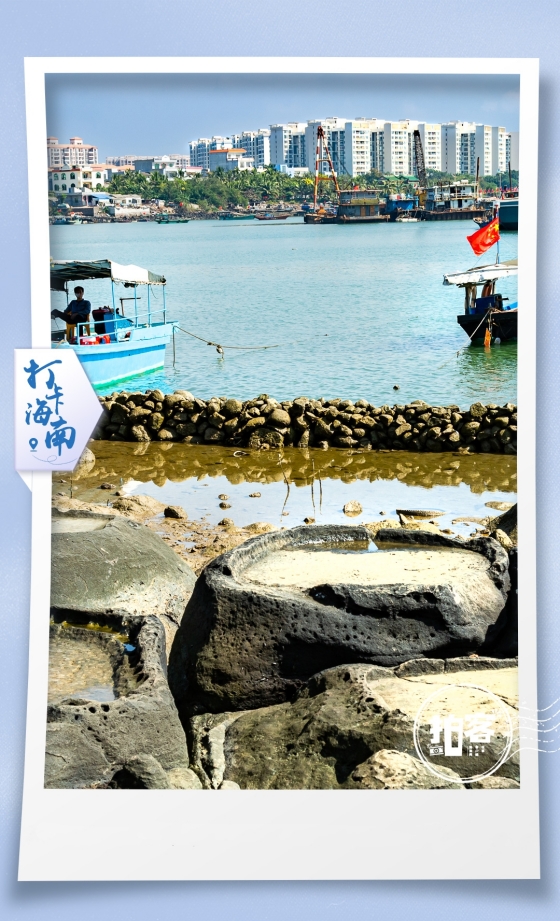
(Photo: Sun Nongliang / Hinews & New Hainan app)
Wenchang, in the north-east of Hainan Island, is home to the Doubing Pagoda (斗柄塔), which was originally built in 1625 and rebuilt in 1887. The octagonal tower, reaching 20 meters into the sky, has 7 floors, and served as a navigational marker for fishing boats in ancient times. A climb to the top of the pagoda offers stunning views of lush green countryside and the eastern coastline of Hainan.
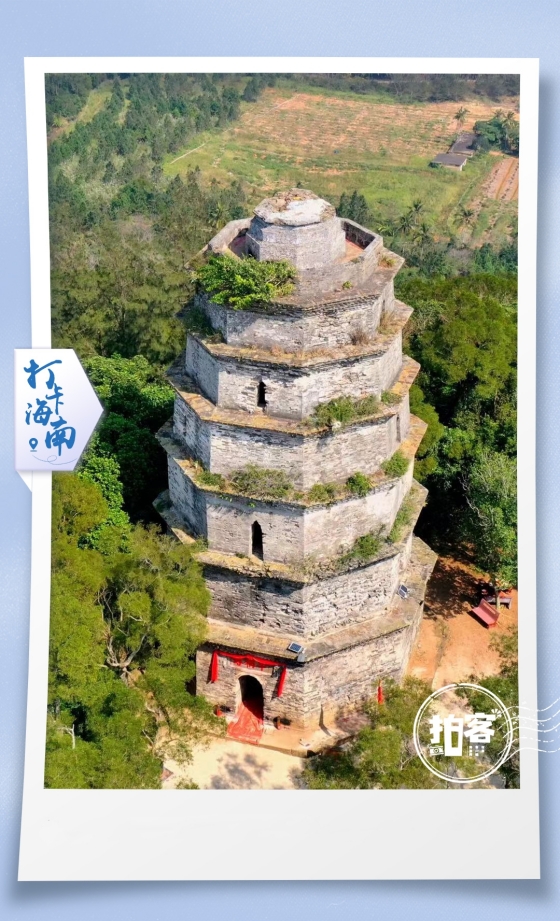
(Photo: Luo Lintao / Hinews & New Hainan app)
FTP Expert Talks | Xiaodong Lee, Vice President of the Internet Society of China and Founder of the Fuxi Institution: Hainan is the "Nebula" of New Digital Youth
09:47, 12-September-2025Hainan Issues Offshore RMB Bonds in HK for 4th Consecutive Year
09:46, 12-September-20252025 Hainan FTP International Students Content Creation Project
02:28, 12-September-2025What Makes "Hainan Travel" So Appealing?
09:38, 11-September-2025100 Days to Go: What's Next for Hainan-Hong Kong Cooperation?
09:38, 11-September-2025Expert Talks Ep. 4: The Future of the FTP's Digital Economy
09:35, 11-September-2025By continuing to browser our site and use the services you agree to our use of cookies, Privacy Policy and Terms of Use. You can change your cookie settings through your browser.





